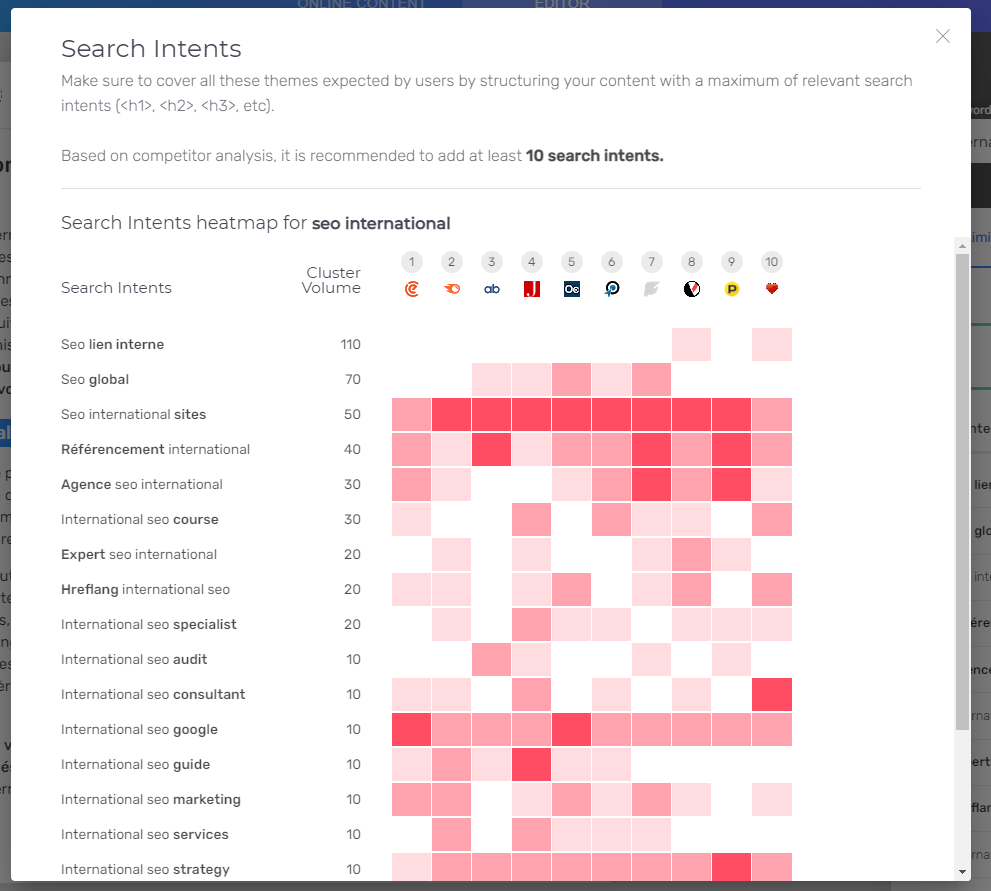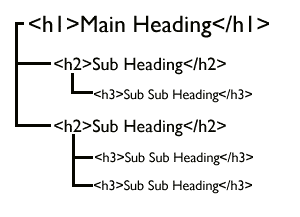To structure its content according to users' intentions.
Why are Search Intents (formerly called Headings) important?
Semji's Search Intents section shows you what topics your audience is interested in around a given keyword. They allow you to structure in a few clicks a relevant editorial plan for your audience.
These search intents are to be integrated in your Hn tags (titles and subtitles) in order to make Google's crawlers quickly understand that your content is relevant and complete on the targeted keyword.
By producing a content structure that is relevant to your audience and to Google, you improve your chances of ranking in the top 3.
Search Intents, how does it work?
Integrate users' search intentions into your text
Click on the Search Intents section in the list of recommendations.
> If you have a Starter or Pro subscription, Semji offers you to view them using your Search Intents credits (the number of remaining credits is displayed when you click on your profile, in the top right corner of your screen).
> If you have a Custom subscription, you will be able to see the recommendations immediately because you have unlimited Search Intents.
To decide whether you really want to spend some of your Search Intents credits, see how many points you can earn on your Content Score by including Search Intents in your headlines:

Here, it should be understood that Semji recommends the use of 12 Search Intents in your content. By adding them in your titles, you can earn up to 24 points of Content Score.

Here we understand that Semji recommends the use of 12 Search Intents in your content, and that your content already contains 7. Five search intents are missing in your Hn tags to get the remaining 14 points and increase your Content Score.
Choose to unlock Search Intents to work on highly optimized content and aim for a Content Score above 75. You can unlock them in batches of 10. Semji suggests less than 10 Search Intents? See our article related to this exception.

Click on "Unlock 10 Search Intents" to use 10 SI credits and get recommendations:

These Search Intents are sorted by search volume. In bold, the words that Semji recommends you use in your titles. It is by integrating these words that you will increase the Content Score.
To integrate them into your text, click on the + located to the right of the word.
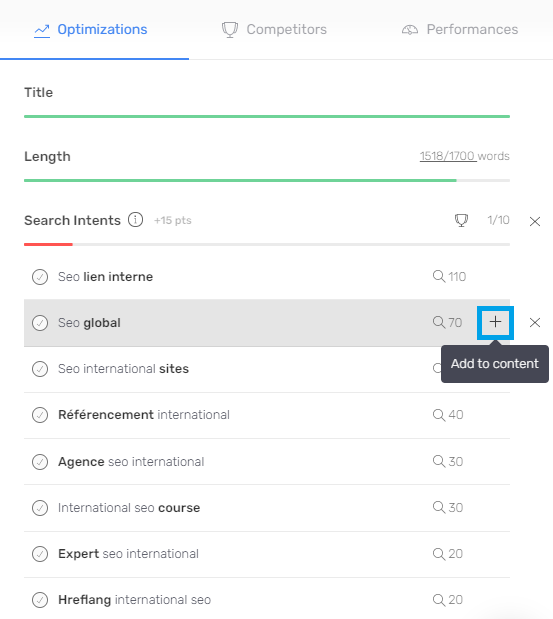
The bold word is now in your text editor and is automatically tagged as <h2>. If you wish, you can change this markup by highlighting your word and selecting 1 for <h1>, 2 for <h2>...
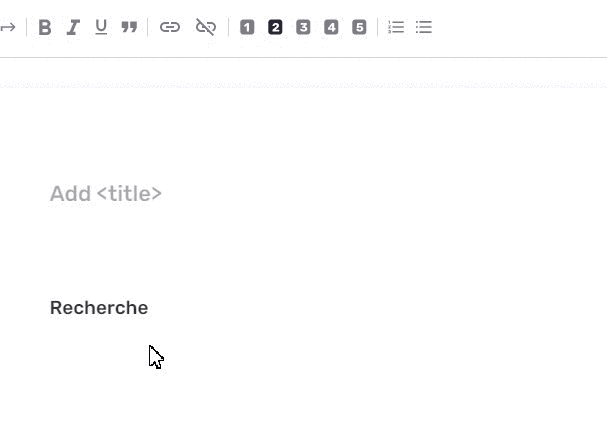
Starting with a blank page? The Search Intents and Questions sections help you build your writing plan. Click on the + each time a topic interests you, to add it to your blank page. The more related terms and search intents you cover, the more your content score will evolve, and the more relevant, deep and efficient your content will be.
Reminder: the minimum recommended content score is 75. The higher your score, the better your chances to rank your content in the top results.
A Search Intents suggestion is unappropriate for your topic? Deactivate it by clicking on the cross on the right. Your score is then recalculated based on the Search Intents that are relevant to you.
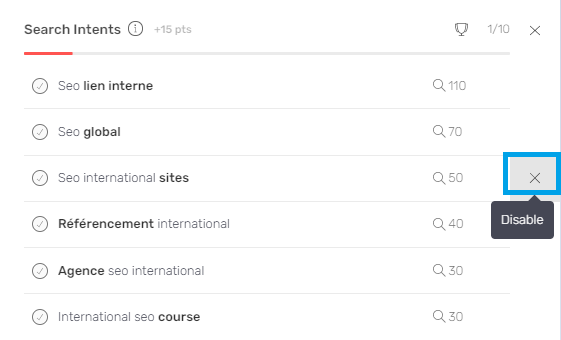
Heatmap: how to interpret it?
By clicking on the cup, discover the highly sought-after topics by the audience and that your competitors are covering in particular.
Thanks to the color code, you can identify at a glance the topics that have been discussed several times by several competitors. They are a must, talk about them too!
Tips
Be sure to organize the Search Intents with the html title tags. The Hn tags must be placed in a certain order: the H1 is your first title, the tag should only be used once, at the top of the page. The following title levels can be more numerous, and allow you to hierarchize the information.
They should be nested to indicate levels of depth of information, as in the summary of a long book. For example, in the structure below, the h3 subheads allow you to subdivide the subject matter addressed by the h2 subhead:
<h2>How to handle the SEO optimization of your international content?</h2>
<h3>Meet your local audience expectations</h3>
<h3>Uncover the strategy of your local SEO competitors</h3>
<h3>Detect new SEO opportunities</h3>
<h2>How to organize SEO content production internationally?</h2>
...
SEO Questions
-
Can my H1 and my title be similar?
Semji recommends that you write a different h1 and Title tag. The title aims at indexation and click incentive from the result page, while the H1 is there to introduce the topic once on the page. H1 and Title must therefore be written with these considerations in mind.
-
Can I use my focus keyword in several Hn?
Yes, as long as the reading seems natural, relevant and that it serves the quality of your content. Avoid keyword stuffing (placing your keyword everywhere) which can be counterproductive. To cover a topic in a comprehensive way, Semji recommends different topics to cover. Opt for a complete content rather than a redundant one.

